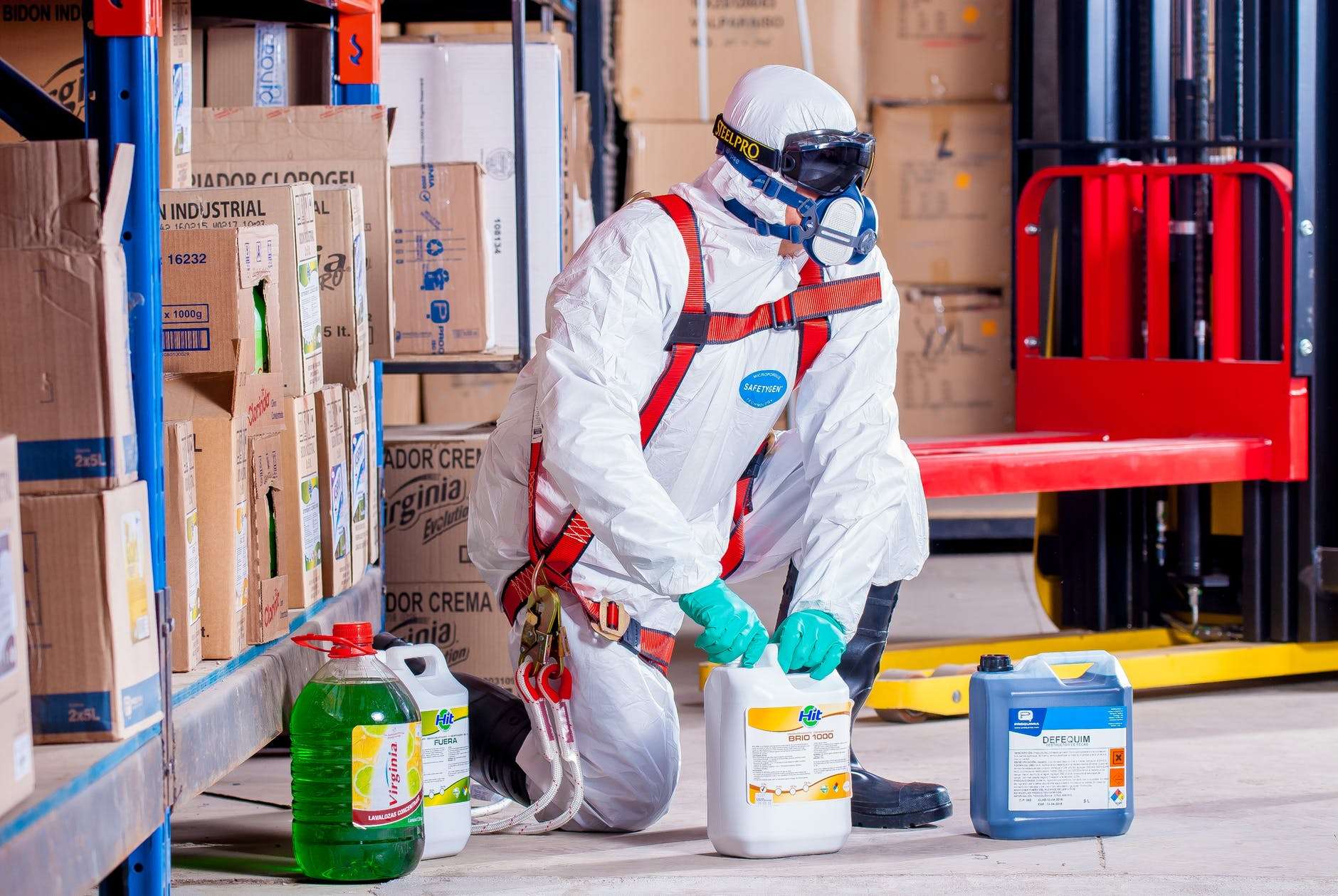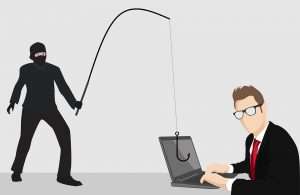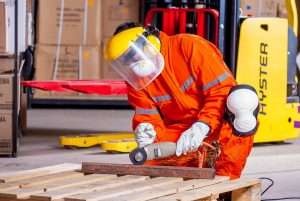Why is it Important to Protect Your Employees?

There have been many health and safety changes in the workplace and employee protections have been evolving ever since the beginning of civilization. As democracy transformed the landscape of worker protections, humanity came to standardize and enforce fairer treatment of workers to produce more equitable outcomes. These days, however, worker protections go far beyond the physical. Why is it important to protect your employees?
The Evolution of Employee Protection: Properly Protecting Your Employees Today
In the digital age, employee protection means data as well as workplace safety. To successfully protect their workers, employers have to know how safety standards evolved as well as how to apply them towards worker safety today. For example, it is important to have an updated fire safety manual in any workplace. Here’s what else you should know about employee protection.
How Employee Protections Evolved
In the United States — like in so many other countries around the world — the struggle for labor protections began almost as soon as the working class had any access to the legal system. For hundreds of years, workers’ advocates have been fighting for an enforced standard of workplace treatment, one that mandates ethical and humane policies. From the days of horse and buggy to the days of artificial intelligence and cybercrime, employee protection has not always meant the same thing. Here’s how it has evolved:
From Physical Protection
Protecting workers first and foremost has always meant physical well-being. But it wasn’t until around 1908 that the idea of worker’s compensation took hold in the U.S. The Federal Employers Liability Act set a standard of holding employers accountable for dangerous practices, requiring them to pay out a monetary sum in recompense for disabling or disfiguring injuries.
It wouldn’t be until 30 years later, however, that child labor was eradicated and the idea of a minimum wage implemented. With this framework as a basis for a safer workplace, labor unions, lobbyists, and activists fought for further legislation for protecting workers. Another 32 years went by and the Occupational Safety and Health Act (OSHA) was signed into law.
With safety standards in place for protecting the bodies of workers, advocates turned more often to issues like the gender gap in pay, discrimination, and work-life balance. Roles like Human Resource Management were born to help cultivate mutually beneficial labor relations and establish healthy and productive work environments. Smart software and connected devices have helped achieve these safer conditions, but these tech tools have also given rise to new challenges.
To Digital Protection
Smart devices enable unprecedented solutions through data collection and digital modeling. However, every connected device also represents a liability when it comes to cybercrime. The digital criminals of today are much more knowledgeable and persistent than ever before. These days, their black hat activities cause an estimated average cost of $4.2 million per breach.
To protect both business and employee information, employers have to be aware of data safety standards as well as physical ones. This could mean the evolution of your own safety procedures as you modernize.
How to Properly Protect Employees Today
The COVID-19 pandemic caused many businesses to reevaluate their disaster preparedness strategies. Now, companies are also looking at how to better protect employees as part of a new health-focused normal. More than ever, employers are waking up to the fact that ensuring employee health and safety is not only an ethical imperative but one of the best ways to retain a satisfied and productive workforce.
The following are strategies you can employ towards better worker protections in the modern age:
1. Engage All Workers in Safety Training
Estimates put the cost of on-the-job injury at $1,100 per worker. That goes up to $42,000 if the injury requires a medical consult. Looking at these numbers alone, the value of safety training for all workers should be a clear priority for employers. That training can even include how to handle connected devices for maximum digital security.
2. Follow Legal and Recommended Standards
Properly protecting your employees means enforcing all legal guidelines as well as paying attention to the latest recommendations. The rules and regulations that apply to you will depend on your industry and where you operate. Construction, for example, has specific standards dictated by OSHA and other institutions. Meanwhile, the European Union enforces the General Data Protection Regulation (GDPR) when it comes to employee data privacy.
3. Stick to the Science
For health and safety procedures such as COVID-19 business operation guidelines, refer only to accredited health institutions and sources. Managing a public health crisis — or any other type of crisis — requires that we act from a place of reason and understanding. Give your workers the facts and act according to them to prevent the spread of Covid-19..
4. Establish Helpful Digital Procedures
Digital tools can help you with all your protective employee measures. From checking employee temperatures to keeping worker data secure through a VPN on your work computer, software and tech tools are available to help you run a safer business. Find the tools that best fit your business needs.
5. Invite Employee Feedback and Discussion
Health and safety changes in the workplace can be difficult to communicate and implement. That’s why it is especially important to invite employee feedback and discussion regarding all your safety measures and how you can improve them. Your workers might spot something you’re missing or have a concern you wouldn’t have noticed otherwise.
Properly Protecting Your Employees Today
Employee protections are not what they used to be. These days we have powerful tools and guidelines to help us create and maintain a safer working environment. By exploring the evolution of these protections, you’ll be better prepared to apply their most modern iterations in your employee safety approach.















Leave a Reply